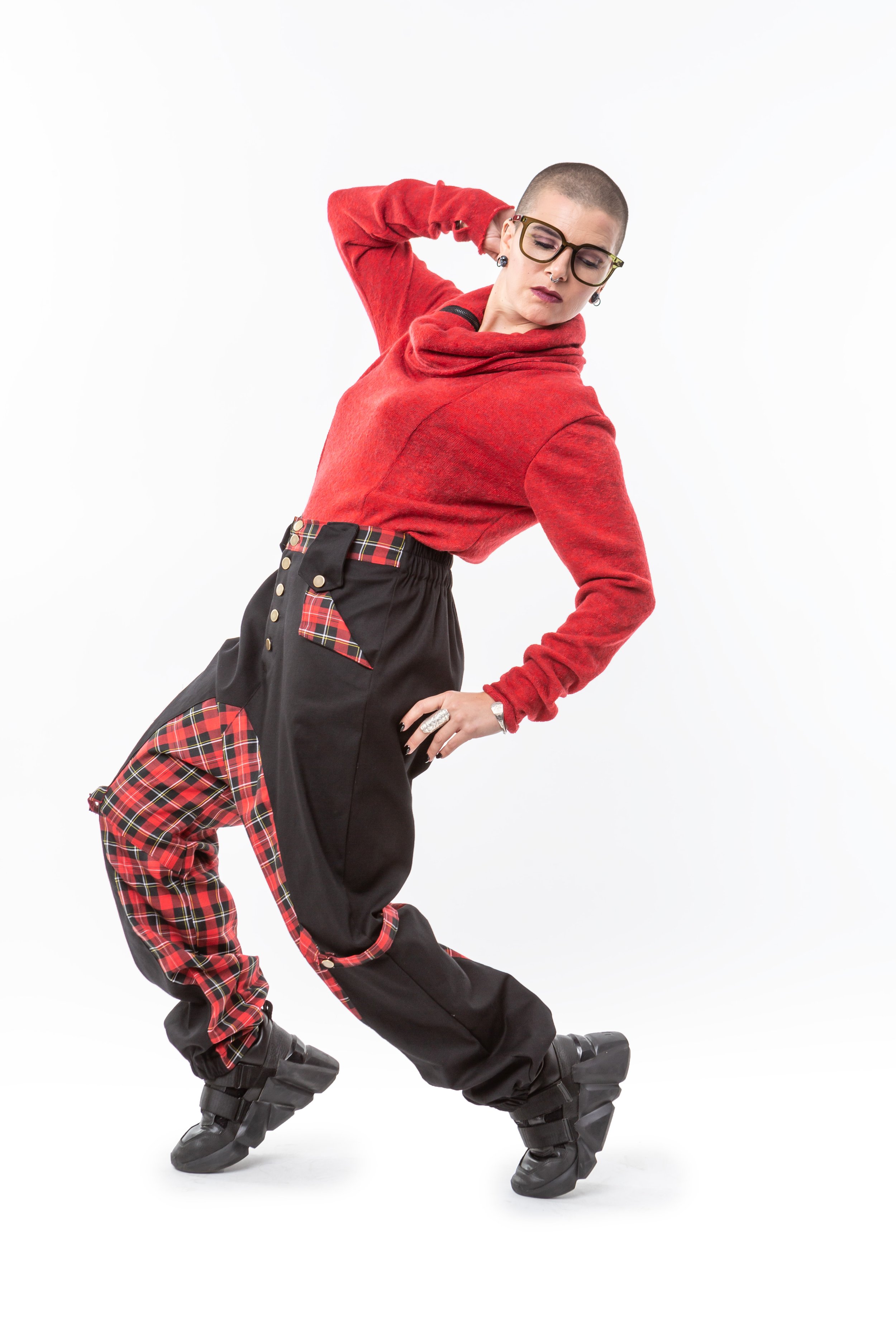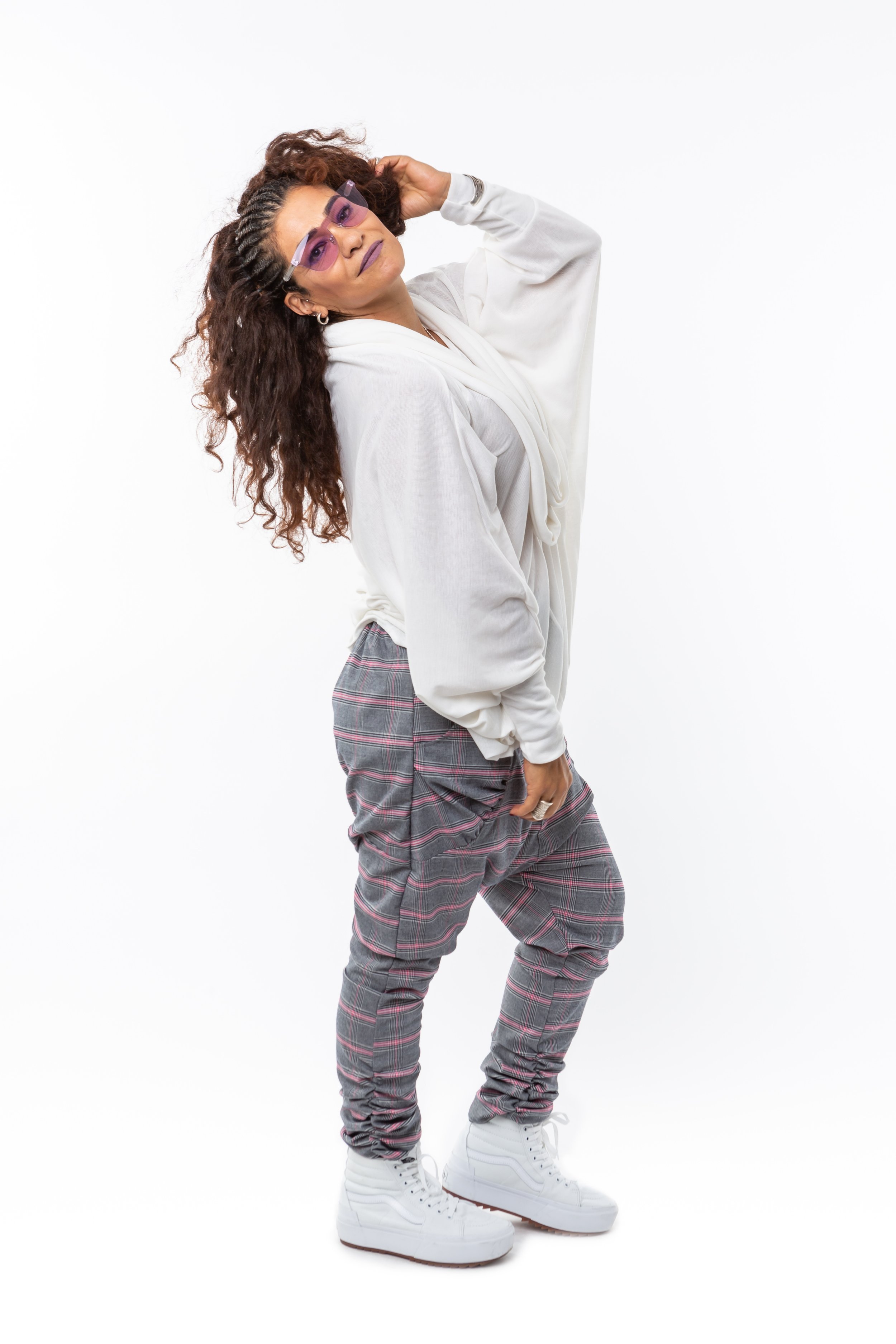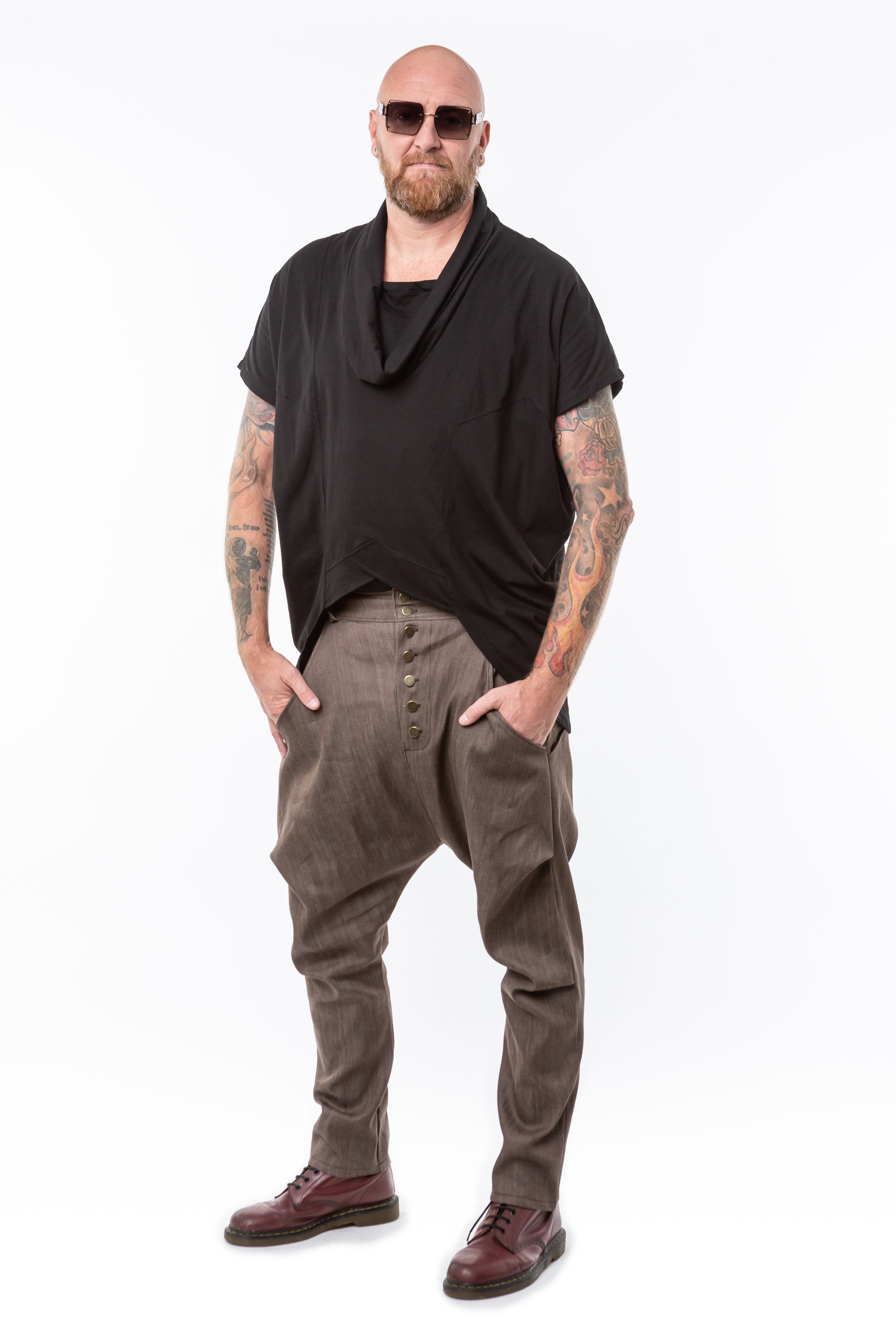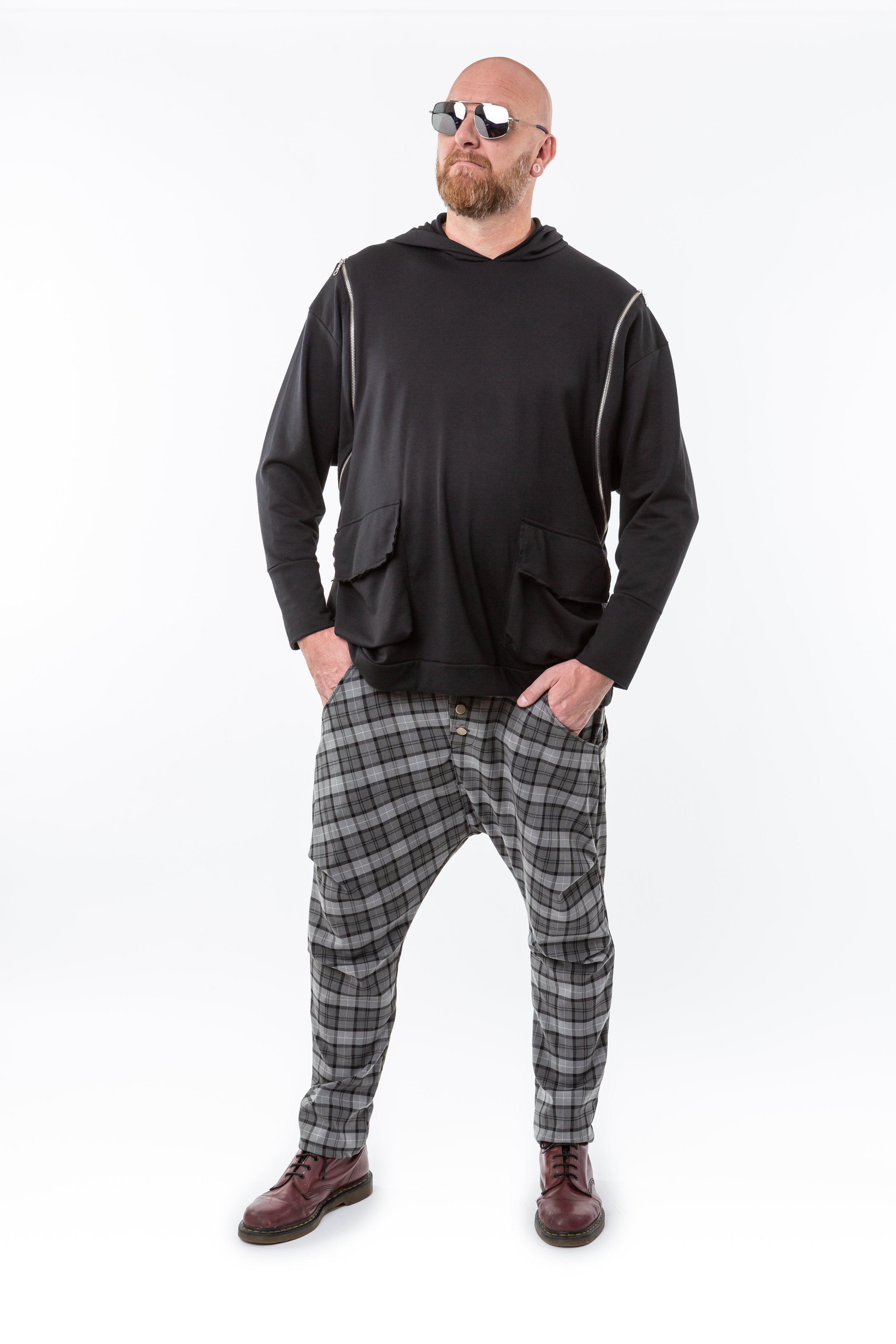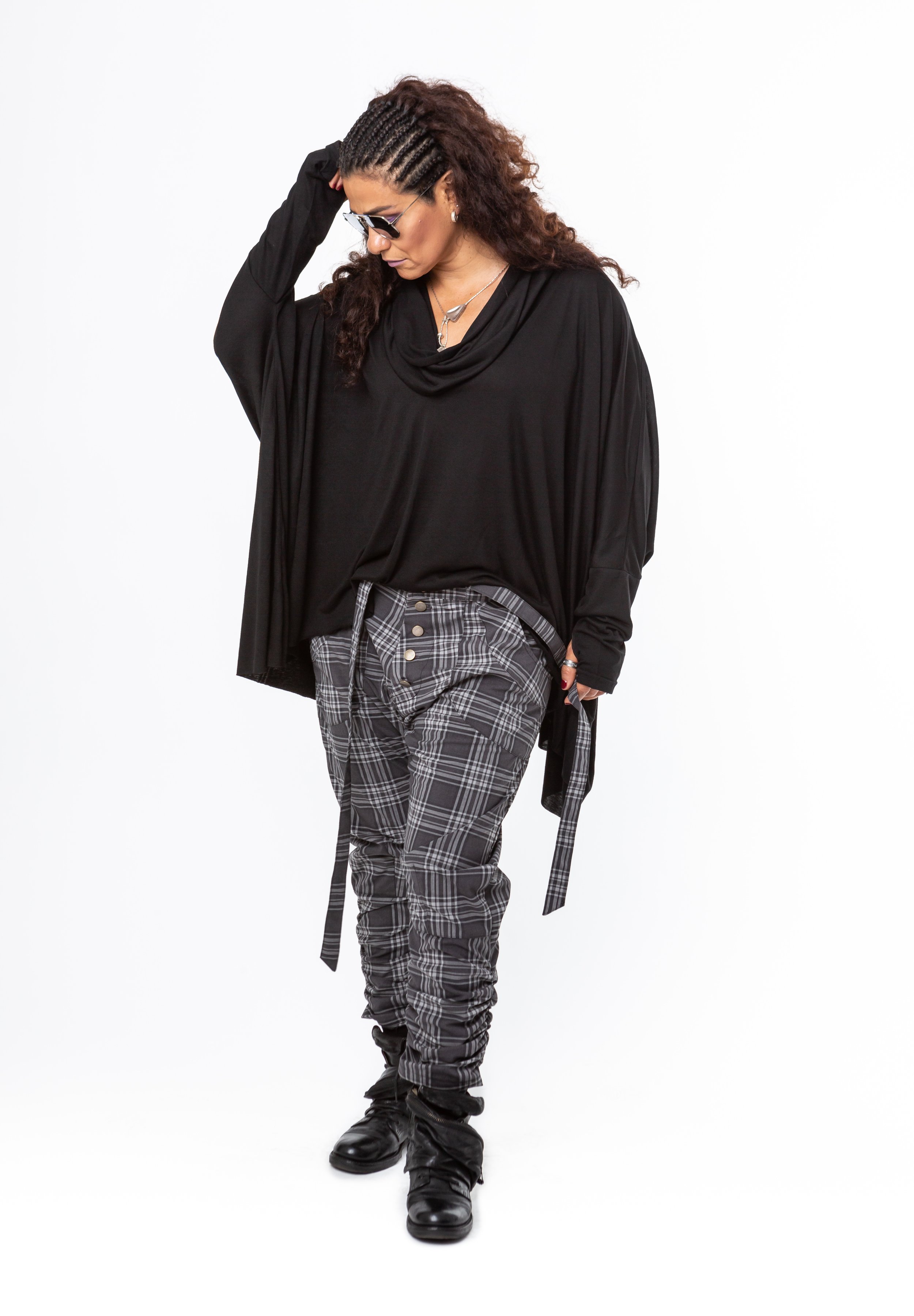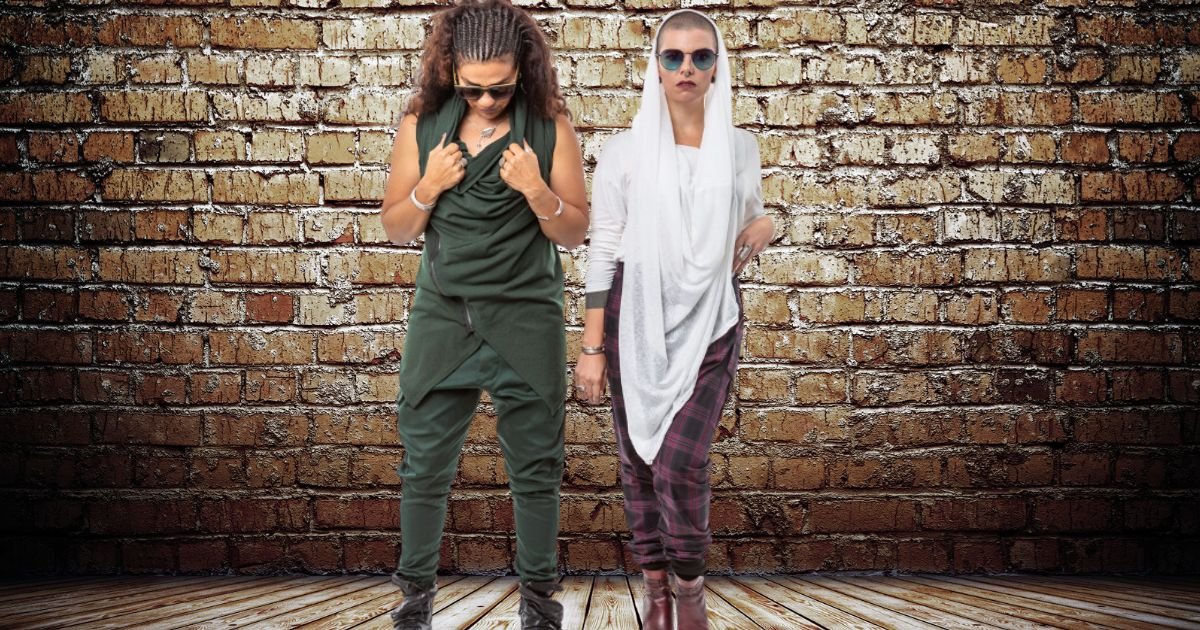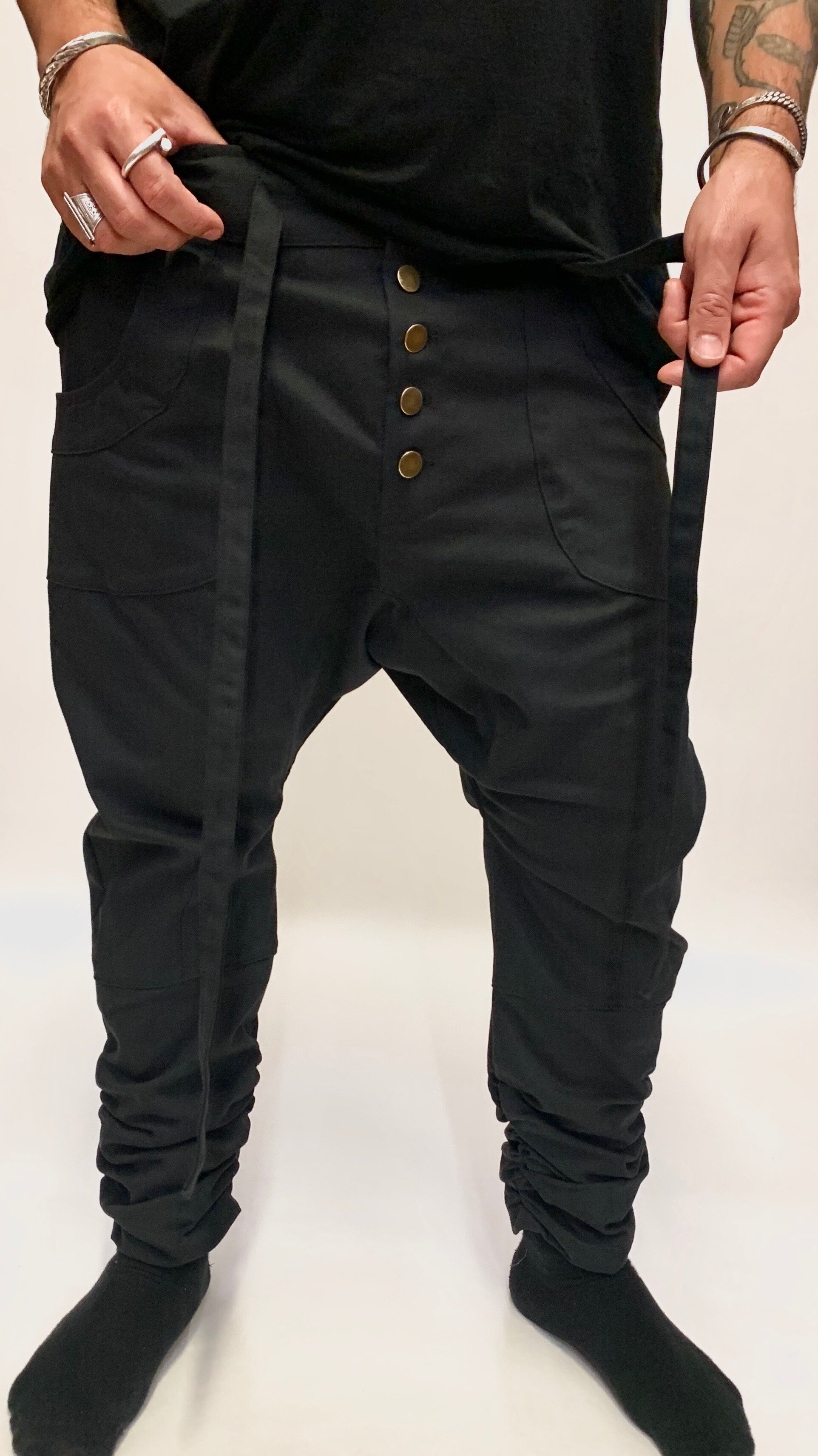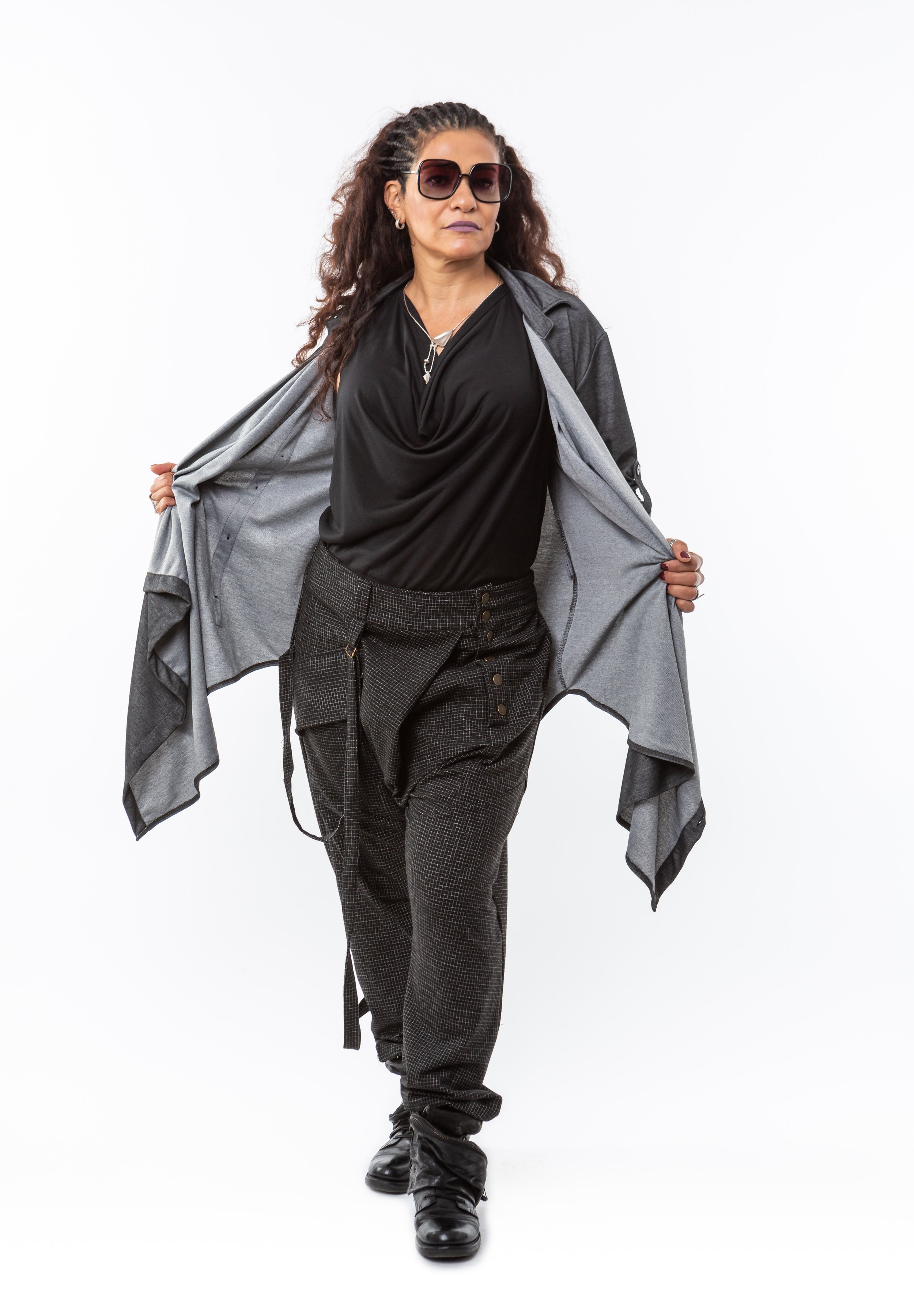Navigating Between Appreciation and Appropriation
In today's globalised and interconnected world, cultural exchange has become a common occurrence. However, this exchange has also brought to light a complex issue: cultural appropriation. The debate surrounding cultural appropriation in the fashion industry has gained traction in recent years, with discussions centering on the line between appreciation and appropriation. This article aims to explore the multifaceted nature of cultural appropriation in fashion, examining its impact and offering insights into how to navigate this sensitive issue.
Understanding Cultural Appropriation and Appreciation
Cultural appropriation and appreciation are two concepts that are often debated and defined differently depending on one's perspective. Cultural appropriation refers to the act of taking elements from a culture that is not one's own, often for personal gain and without proper acknowledgment or respect for the culture's origin or significance. On the other hand, cultural appreciation involves genuinely recognizing and celebrating a culture's traditions, practices, and aesthetics without appropriating or commodifying them.
The distinction between cultural appropriation and appreciation can be subjective and complex. What one person may perceive as appreciation, another may view as appropriation. It is crucial to consider the perspectives and voices of the culture being referenced or borrowed from when evaluating the appropriateness of certain fashion choices or practices.
The Intersection of Inspiration, Appreciation, and Appropriation in Fashion
Fashion designers have long drawn inspiration from various cultures around the world, incorporating elements of their aesthetics and traditions into their designs. However, this blending of influences has raised questions about the appropriation of cultural symbols and practices.
Renowned designers like Yves Saint Laurent and Gianfranco Ferré have traveled the world, falling in love with specific cultures and incorporating their designs. Yves Saint Laurent dedicated his 1967 Spring-Summer collection to Africa, using materials like golden thread, raffia, straw, and wooden beads. Similarly, Gianfranco Ferré's trip to India in 1973 deeply influenced his creative output, resulting in designs inspired by Kashmiri Indian shawls.
While these designers may have taken inspiration from cultures they admired, some argue that this does not necessarily constitute appreciation. The commodification of cultural styles by famous brands at high price points often alienates the very cultures from which these styles originate. This raises concerns about the exploitation and misrepresentation of cultural practices for commercial gain.
The Problem of Historical Context and Cultural Commodification
One of the key issues with cultural appropriation in fashion is the disregard for historical context and the commodification of cultural symbols. Brands often appropriate cultural designs and aesthetics without acknowledging their historical significance or meaning to the respective culture.
For example, Balenciaga faced backlash when it released the Barbes Large East-West Shopper bag in 2021. Many West Africans, particularly Ghanaians, recognized the bag's design as resembling the "Ghana Must Go" bags used by thousands of undocumented immigrants in the 1980s. The insensitivity to the historical context of the design and the pricing of the bag at $2,000 sparked outrage and accusations of cultural appropriation.
Additionally, brands that incorporate elements of different cultures into their designs while simultaneously neglecting proper representation and inclusivity face criticism. Marc Jacobs faced backlash for featuring mainly white models wearing dreadlock extensions in their Spring 2017 runway show. The lack of diversity in the casting and the choice to appropriate a hairstyle rooted in Black culture highlighted the hypocrisy of misappropriation.
Recognising and Addressing Cultural Appropriation
Cultural appropriation often goes unnoticed or unaddressed until someone from the appropriated culture speaks up. Many brands capitalise on minority cultures without adequately acknowledging or compensating the original custodians of the cultural knowledge or expressions they borrow.
In 2019, Carolina Herrera faced accusations from Mexico's minister of culture for using embroidery techniques and patterns exclusive to certain Mexican Indigenous groups in their resort 2020 collection. The collection included items resembling traditional garments from specific regions, raising concerns about the lack of authorisation, acknowledgment, and compensation to the original custodians.
To prevent cultural misappropriation, it is essential to educate oneself about the cultures being referenced. This can be achieved by learning directly from the source, engaging with works and information shared by people native to the culture. By understanding the context and significance of cultural practices and symbols, one can appreciate and respect them without appropriating or commodifying them.
The Role of Cultural Awareness and Representation
Diversity and proper representation are invaluable in fostering cultural awareness and avoiding misappropriation. Brands must strive to reflect the values and desires of the cultures they draw inspiration from. This includes involving people from those cultures in brand campaigns and decision-making processes.
When incorporating cultural elements into fashion, it is essential to consider the perspectives and voices of the culture being referenced. Inclusive representation can help ensure that cultural practices and symbols are showcased with respect and authenticity.
Promoting Cultural Appreciation Through Education
Appreciating a culture does not always require direct participation or imitation. Instead, individuals can show appreciation by learning about a culture's history, customs, and values. This can be done through research, engaging in conversations with people from the culture, or attending cultural events and exhibitions.
When it comes to fashion, it is crucial to respect the intended use and significance of cultural garments and symbols. Some items may hold deep spiritual or ceremonial meanings and should not be treated as mere fashion accessories. By educating oneself and others about cultural traditions, individuals can approach cultural appreciation with sensitivity and avoid appropriative practices.
Navigating the Line Between Appreciation and Appropriation
Navigating the line between cultural appreciation and appropriation requires ongoing education, empathy, and respect for diverse cultures. It is essential to listen to the voices and perspectives of marginalised communities and to give credit where credit is due.
When incorporating cultural elements into fashion, designers and brands should prioritise collaboration and inclusivity. By working directly with artisans and communities from the culture being referenced, fashion can become a platform for celebrating and supporting diverse voices and traditions.
Ultimately, the goal is to foster a fashion industry that embraces cultural diversity, promotes cultural appreciation, and avoids the harmful effects of cultural appropriation. By recognizing and addressing the complexities of cultural appropriation, we can move towards a more inclusive and respectful fashion landscape.
Conclusion
Cultural appropriation in fashion is a complex and nuanced issue that requires careful consideration and understanding. While the line between appreciation and appropriation may sometimes be blurry, it is essential to prioritise cultural awareness, respect, and representation.
By educating oneself about different cultures, engaging in meaningful conversations, and involving diverse voices in the fashion industry, we can foster an environment that celebrates cultural diversity and promotes genuine appreciation. Together, we can navigate the complexities of cultural appropriation and work towards a fashion industry that respects and uplifts all cultures.



